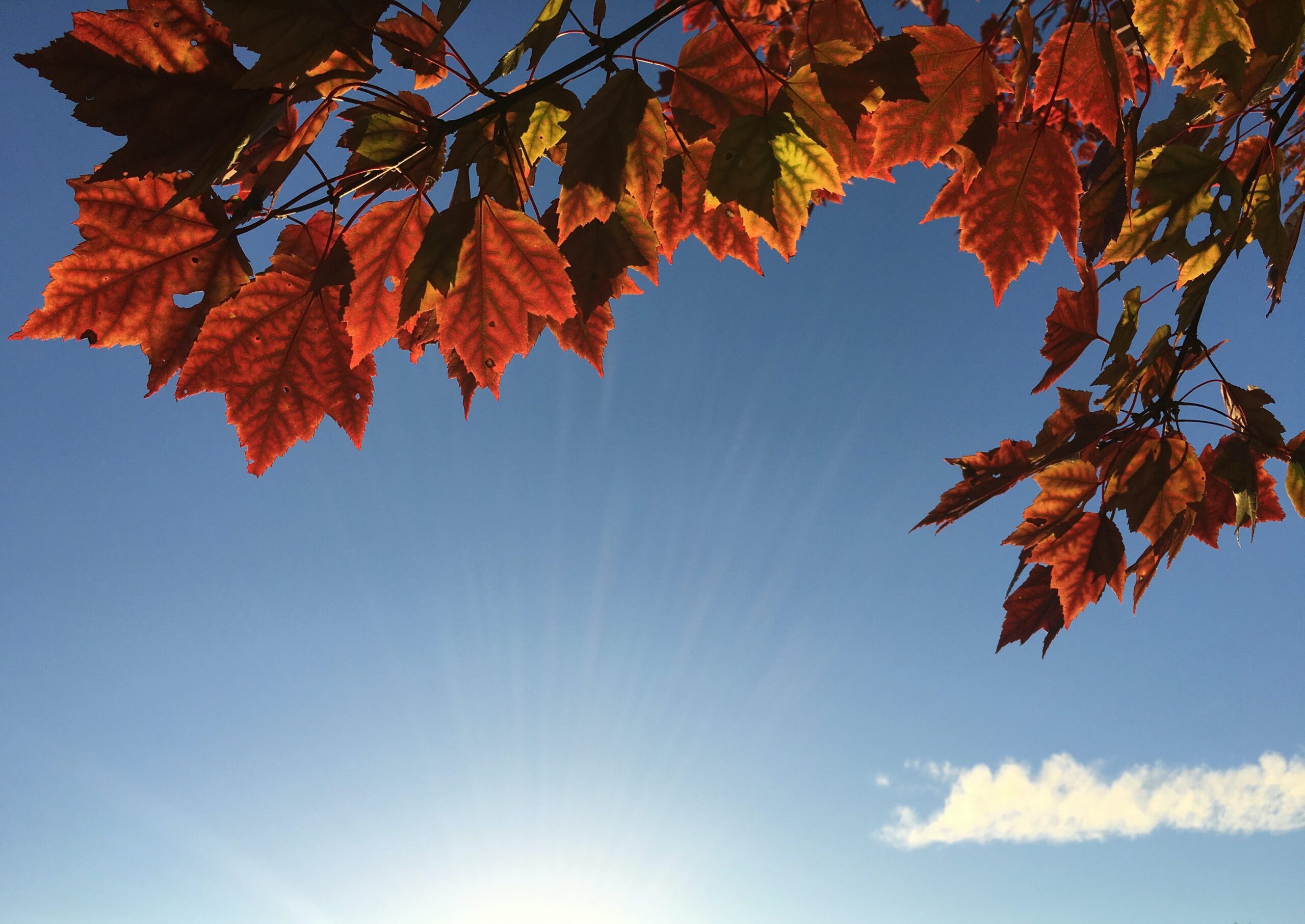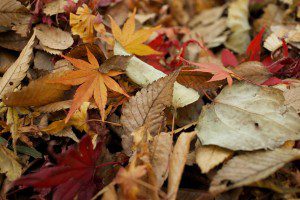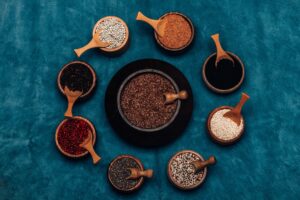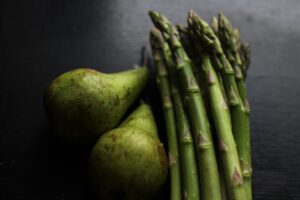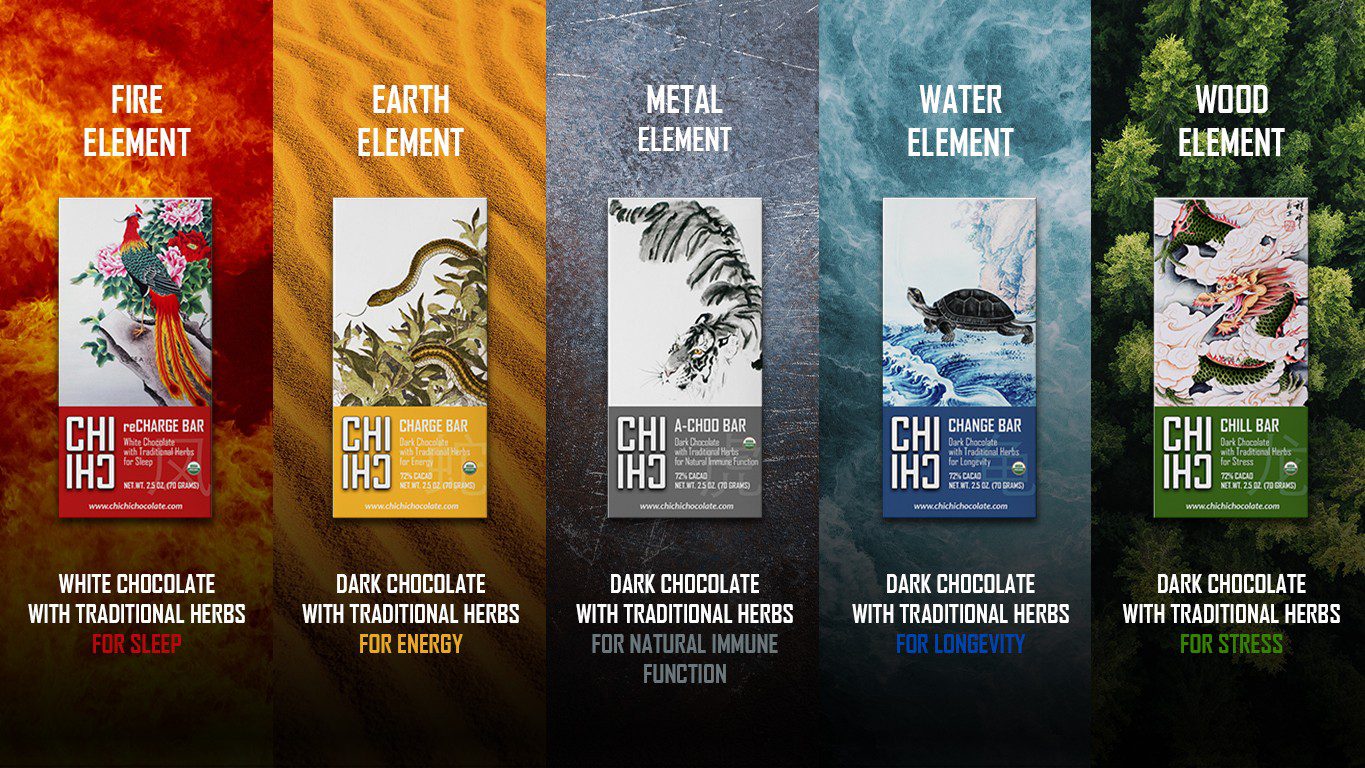The season of fall brings cooler weather and shorter days. As with all seasons, the world adjusts accordingly. Plants begin to go dormant, animals start scrounging for food to get through the upcoming winter, and we start winterizing. Sweatpants and hoodies become more commonplace and everything is pumpkin flavored.
Fall reminds us to start cutting back on the cooling foods that we consume during the summer months.
Things like raw foods, salads, juices, and fruits need to be decreased because they can create too much cold in the body. This is a principle followed by Traditional Chinese Medicine (TCM).
There are many facets to TCM, and nutrition is one of the most important. The ancient Chinese observed what took place in nature and followed those cues accordingly. So when the season changed to fall and the amount of daylight decreased and the temperatures cooled, they began to eat what was available. This is what it means to “eat for the season.” By eating according to the season, we can avoid many illnesses and diseases. If we continue to eat raw, cold foods during the cooler fall and winter months, then we increase the likelihood of digestive problems, colds, sinus infections and even painful joints.
Eating Seasonally
Eating seasonally allows us to be more in touch with the world around us. For instance, you will inevitably notice certain foods are no longer abundant or available. In the fall, one should fill their pantry and cupboards with dried foods, heavy grains, seeds, roots, and squashes that can help move the body’s energy (Qi) inward.
Fall is also a time to slow down. This means we should cook food for longer periods of time on lower heat. How we cook food will affect how the body tolerates it and how the energy is utilized. Some examples of how to cook for the season of fall include making soups and stews, using a crockpot or slow cooker, and roasting and baking foods. These methods create a deeper warmth and supply greater energy from the food.
Nourishing Foods for Autumn Eating
Foods that are nourishing to the lung are very important during the season of fall. Since many people get sick during these months, lung tonifying foods can be very beneficial. This includes foods like ginger, onion, garlic, pears, walnuts, miso, navy beans, almonds, asparagus, broccoli, apricots, bananas, apples, plums, and grapes.
The dryer weather can also cause chapped lips, a dry nose, an itchy throat, rough skin and even dry stools. To counter these issues, eat foods that promote the production of bodily fluids, such as nuts, seeds, pears, pumpkin, honey, and congee (a traditional Chinese porridge).
Animal products tend to be warming and grounding by nature. And for those who eat animals, increasing the intake can be beneficial during the cooler fall months. As mentioned before, roasting, baking or stewing the meats is the most beneficial.
When we follow the cues given to us by nature, we can maintain a very healthy existence. To learn more about eating according to the seasons in Traditional Chinese Medicine, contact us or schedule an appointment online. Our Williston office offers nutrition counseling with Dr. Mary Hall for those who would like to go more in depth with learning about autumn eating.

